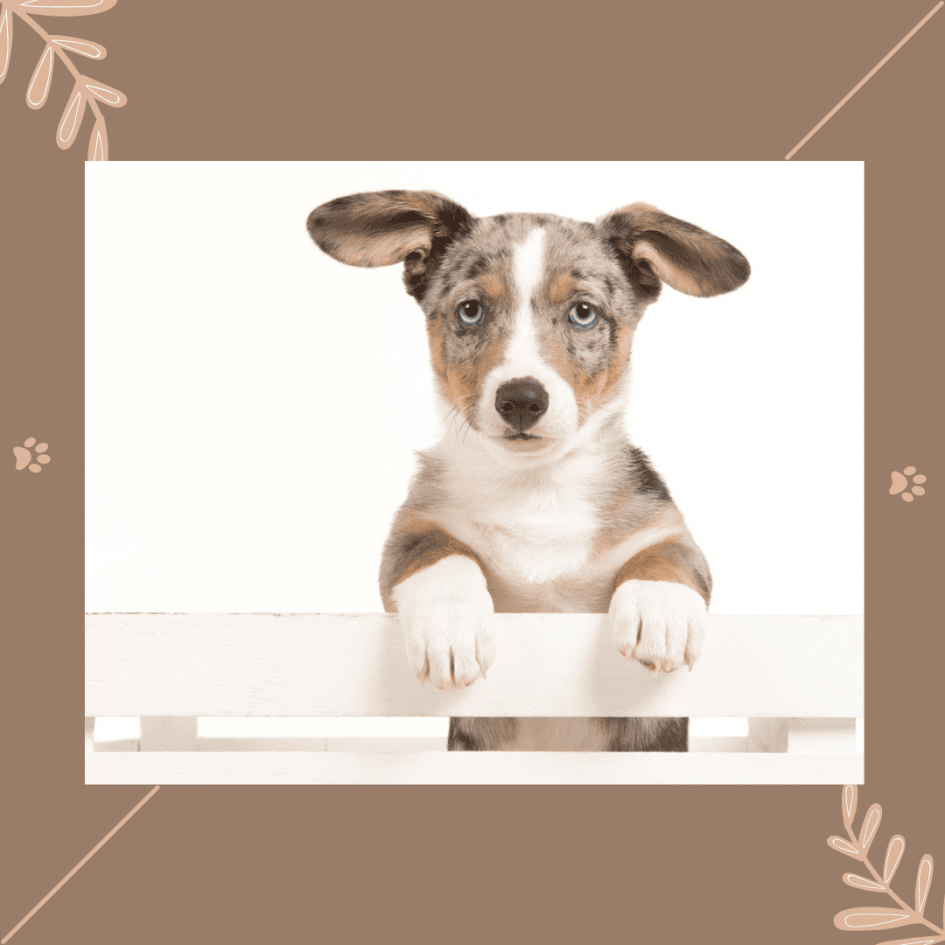

A Simple Guide to Crate Training Your Puppy the Right Way
This comprehensive guide will show you everything you need to know about crate training your puppy, and other great dog training tips.
Crate training your puppy can be an effective way to potty train your pet while also providing them with a safe space to stay when you’re away from home. When done correctly, crate training can help your puppy feel more comfortable in its new environment and make the potty training process less stressful for both you and your pet.
This comprehensive guide will show you everything you need to know about crate training your puppy, from choosing the right size crate to tips for making the crate a comfortable space for your pet. With a little patience and effort, you can have your puppy crate trained in no time.
What are the Goals of Crate Training?
The main goals of crate training are to help your puppy feel comfortable in their crate and to teach them that the crate is a safe and happy place. When done correctly, crate training can also help potty train your puppy by teaching them that the crate is not a place to relieve themselves.
Crate training is not meant to be a punishment for your puppy, but rather a tool to help them feel more comfortable in their new home and environment. It is important to crate train your puppy slowly and patiently to ensure that they do not associate the crate with negative experiences.
Choosing the Right Crate for Your Puppy
One of the most important aspects of crate training is choosing the right size crate for your puppy. If the crate is too small, your puppy will feel cramped and uncomfortable. If the crate is too large, your puppy may be able to use one corner as a bathroom.
The general rule of thumb is to choose a crate that is big enough for your puppy to stand up, turn around, and lie down in comfortably. As your puppy grows, you can gradually move them to a larger crate.
Introducing Your Puppy to the Crate
Once you have chosen the right size crate, it is time to introduce your puppy to its new space. Start by placing the crate in a room where your puppy spends a lot of time, such as the living room or your bedroom. Leave the door open so that your puppy can come and go as they please.
Encourage your puppy to explore the crate by placing treats or toys inside of it. You may need to place your puppy inside of the crate yourself a few times to show them that it is a safe place. Once your puppy is comfortable going in and out of the crate on its own, you can begin closing the door for short periods.
Making the Crate a Comfortable Space
The crate should be a comfortable space for your puppy to relax. Place a soft bed or blanket inside the crate for your puppy to lay on. You may also want to place a toy or chew bone inside the crate to keep your puppy occupied.
It is important to crate train your puppy gradually so that they do not become anxious or stressed. Start by leaving your puppy in the crate for short periods, such as 10 minutes, and then gradually increase the amount of time they spend in the crate.
Crate Training Tips
Here are a few tips to help you crate train your puppy:
– Never use the crate as a punishment. Your puppy should see the crate as a positive space.
– Do not leave your puppy in the crate for more than a few hours at a time. Puppies need to relieve themselves frequently and cannot hold their bladder for long periods of time.
– Take your puppy out of the crate regularly to use the restroom, even if they have not been in the crate for very long.
– Never force your puppy into the crate. If they are resistant, try placing a treat or toy inside the crate to encourage them to go in.
– Be patient and consistent with crate training. It may take a few weeks for your puppy to be fully comfortable in the crate.
Conclusion
Crate training your puppy can be a great way to help them learn how to be independent and reduce their separation anxiety. It is important to start crate training early, and to be consistent with it. Be sure to choose the right size crate for your puppy, and to use positive reinforcement when training them to use it.
The Pets People provides practical, real-life ideas and great dog training tips that will assist you in taking care of your pet. We wish to supply a solid library of comprehensive content covering many different subjects and pet animals, such as cats, dogs, puppies, kittens, and small pet critters. Our group includes writers, independent consultants, and advisers from the pets sector to offer informative articles filled with valuable insights. Browse through other useful pet insights in our blog today!
Discover how to create a joyful, healthy home for your pet.
Subscribe to your weekly rundown of practice, real life ideas and training tips straight to your inbox.


